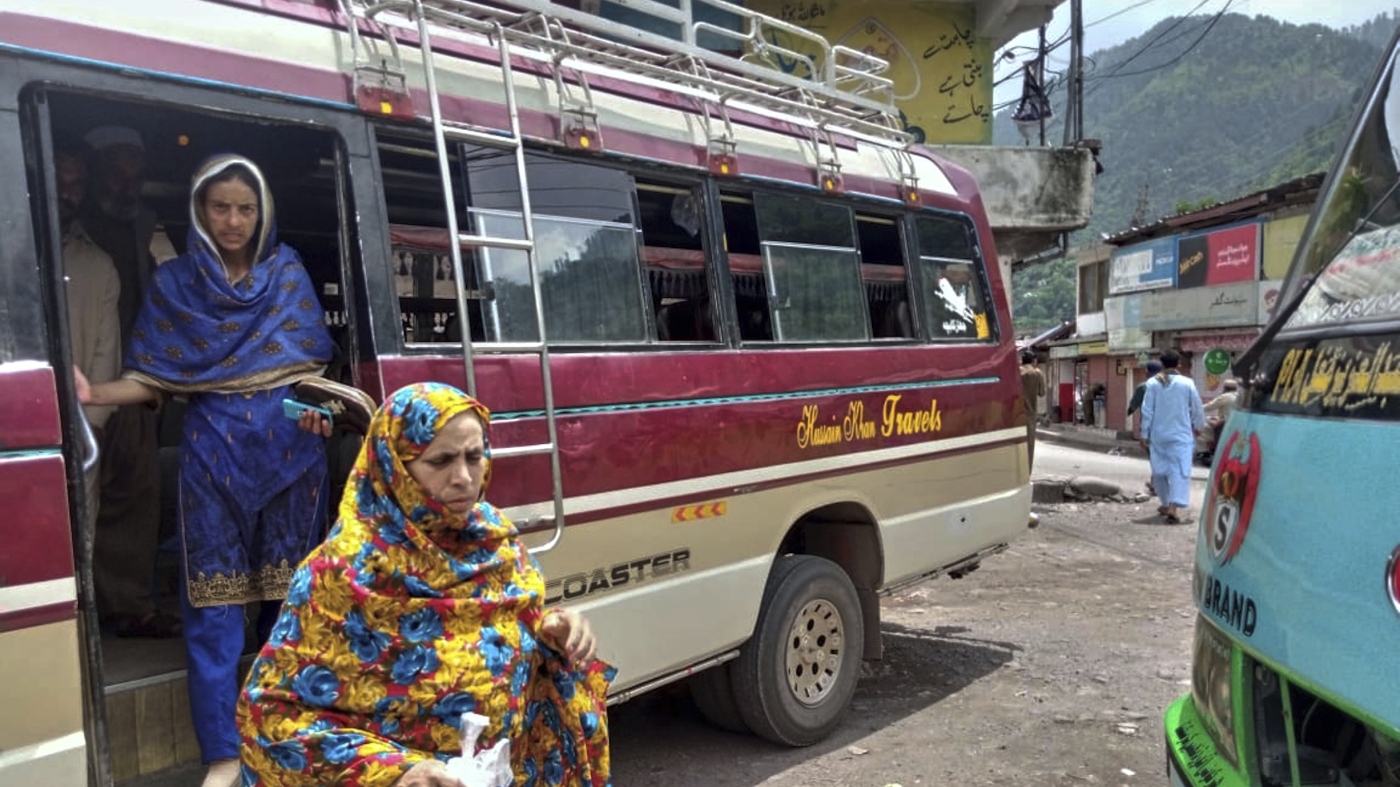The Fragile Ceasefire Between India and Pakistan
The recent ceasefire agreement between India and Pakistan, facilitated by the United States, has encountered immediate hurdles. Overnight border skirmishes in the contentious Kashmir region have rattled the delicate truce, sparking worries about the accord’s efficacy and longevity.
A Historical Perspective
To understand the current situation, it’s essential to delve into the historical context of the India-Pakistan conflict over Kashmir. The dispute traces back to the partition of British India in 1947, when both nations gained independence. The region, predominantly Muslim, was claimed by both countries, leading to two full-scale wars in 1947-48 and 1965, and a limited war in 1999. The Line of Control (LoC), established under the Simla Agreement of 1972, serves as the de facto border between the Indian- and Pakistani-administered territories of Kashmir.
The New Ceasefire Agreement
The latest ceasefire agreement, announced by then-President Donald Trump, along with officials from both countries, aimed to halt the escalating tensions and cross-border attacks that had plagued the region. However, the ceasefire faced immediate challenges, with reports of heavy exchanges of fire between Indian and Pakistani troops along the LoC.
Violations and Counter-Accusations
Both nations have accused each other of violating the ceasefire. Indian authorities reported that Pakistani troops initiated the firing, while Pakistan denied these claims and accused India of instigating the conflict. The exchanges of fire were reported on both sides of the border, with residents and officials in the region confirming the incidents. Although the fighting subsided by Sunday morning, the ceasefire remains tenuous.
The Human Impact
The overnight border fighting has significantly affected the local population. Residents in the disputed Kashmir region reported hearing blasts and seeing projectiles and flashes in the night sky. The fighting has also raised concerns about the potential for further escalation, given the nuclear capabilities of both countries. The psychological impact on the residents, who have lived through decades of conflict, cannot be overstated. The constant fear and uncertainty have taken a toll on their mental health and well-being.
The United States’ Role
The United States played a pivotal role in brokering the ceasefire agreement. President Trump’s announcement of the truce was seen as a significant diplomatic achievement, given the long-standing tensions between India and Pakistan. However, the immediate violations of the ceasefire have raised questions about the effectiveness of the U.S.-mediated agreement. The international community, including the United States, must continue to engage with both countries to support the ceasefire and encourage dialogue.
The Battle of Narratives
The coming weeks will witness a new battle: of narratives. Both countries will attempt to shape the public perception of the conflict and the ceasefire. India may emphasize its commitment to peace while highlighting Pakistan’s alleged violations. Pakistan, on the other hand, may focus on India’s provocations and its own restraint. This battle of narratives could either help de-escalate the tensions or further inflame them, depending on how responsibly the media and political leaders on both sides handle the situation.
The Path to Peace
The path to peace in the Kashmir region is fraught with challenges. The nuclear capabilities of both India and Pakistan raise the stakes of any potential conflict, making the ceasefire agreement a critical step towards stability. However, the recent violations and the long-standing animosity between the two countries suggest that the journey will be arduous. Both nations must address the underlying issues that have fueled the conflict for decades, including territorial disputes, water sharing, and the political status of Kashmir.
The International Community’s Role
The international community has a crucial role to play in supporting peace efforts. This includes not only the United States but also other influential nations and international organizations. They can provide diplomatic support, mediate dialogue, and encourage confidence-building measures. Moreover, they can help address the human rights concerns and the humanitarian needs of the Kashmiri people, who have been the primary victims of this protracted conflict.
A Fragile Peace
The ceasefire agreement between India and Pakistan, while a positive development, remains fragile and uncertain. The overnight border fighting in the disputed Kashmir region has tested the truce, raising concerns about its effectiveness and durability. The coming weeks will be pivotal in determining the future of the ceasefire and the broader conflict over Kashmir. Both countries must demonstrate their commitment to peace by adhering to the ceasefire and addressing the root causes of the conflict. The international community must continue to support these efforts and encourage dialogue between the two nuclear-armed neighbors. The people of Kashmir, who have endured decades of conflict, deserve a peaceful and prosperous future. The responsibility lies with the leaders of India and Pakistan, as well as the international community, to make this vision a reality. The world is watching, and the stakes have never been higher.

